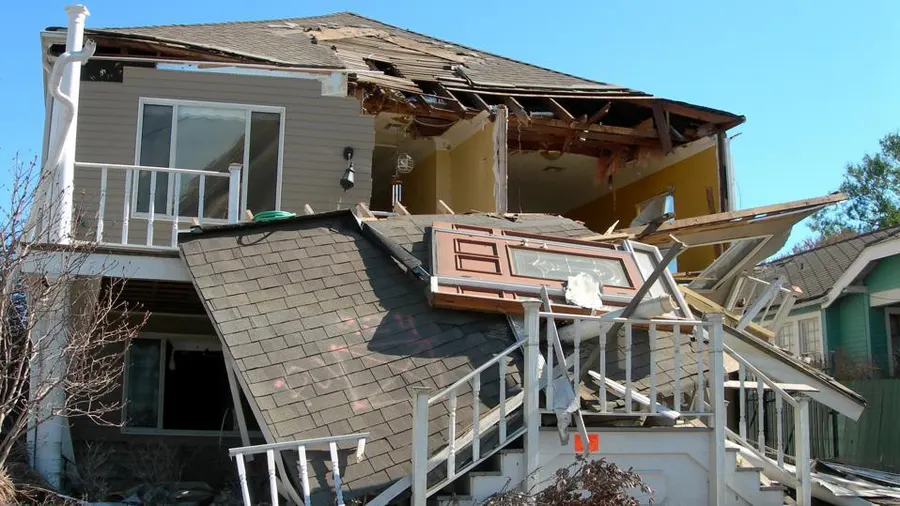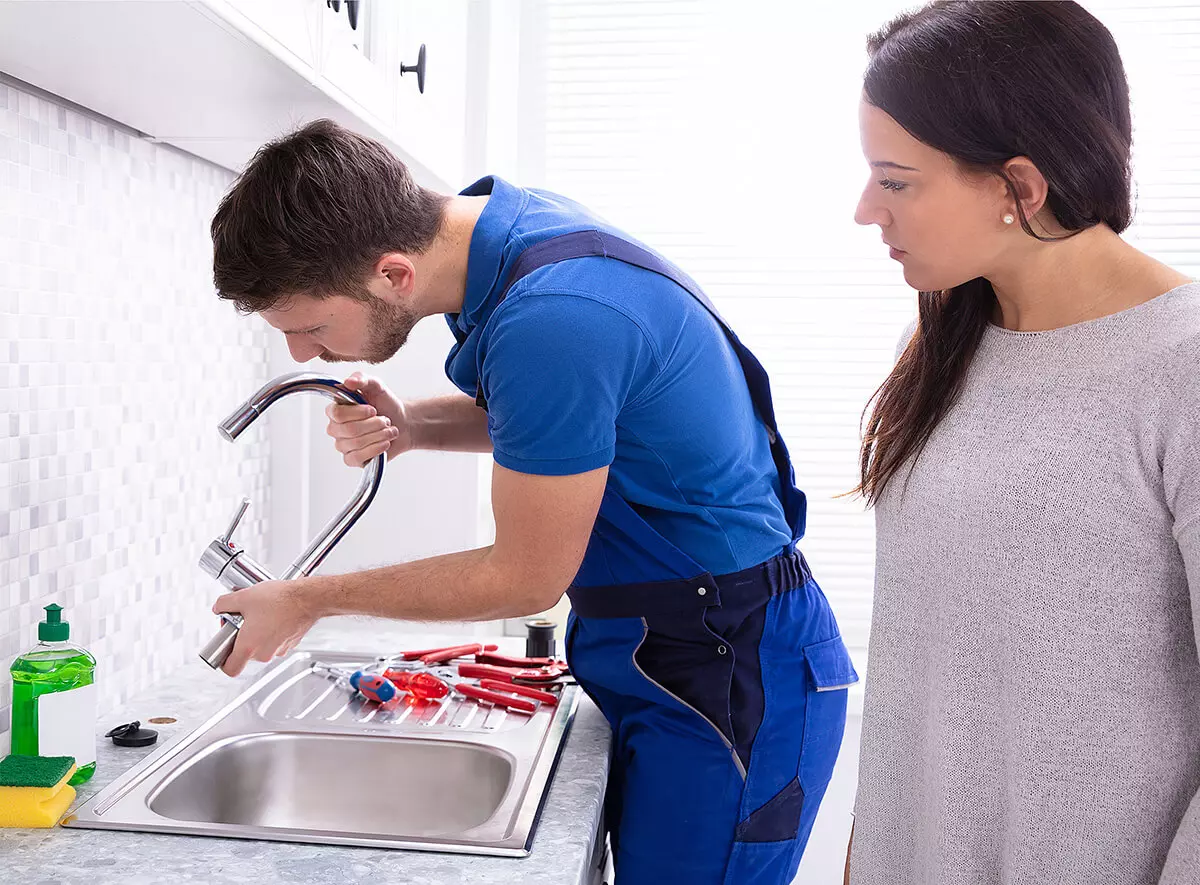In the aftermath of a hurricane, the process of rebuilding and recovering can be overwhelming. One crucial aspect of recovery is navigating insurance claims to help you get the financial assistance you need to repair damages and restore your life. Making insurance claims after a hurricane requires a systematic approach and understanding of the process. This guide outlines the steps to take to ensure a smoother and more successful claims experience.
1. Document Damages
As soon as it is safe to do so, document the damages to your property extensively. Take clear photographs and videos of all affected areas, including structural damage, contents, and personal belongings. This visual evidence will play a vital role in substantiating your claim.
2. Contact Your Insurance Company
Notify your insurance company about the damages as soon as possible. Most policies have a time limit for reporting claims, so don’t delay. Provide them with a clear description of the damages and any supporting documentation you have gathered. This initial contact sets the claims process in motion.
3. Review Your Policy
Thoroughly review your insurance policy to understand your coverage and the specific provisions related to hurricanes and natural disasters. This will help you know what damages are eligible for coverage and any deductible you might need to pay.
4. Prevent Further Damage
Take reasonable steps to prevent further damage to your property. This could include covering broken windows, tarping damaged roofs, or securing the property. Keep receipts for any temporary repairs or expenses incurred to prevent additional harm.
5. Work with Adjusters
Your insurance company will likely send an adjuster to assess the damages in person. Be present during this assessment and provide the documentation you’ve gathered. Take notes during the inspection, and ask questions about the process and the adjuster’s findings.
6. Document Communication
Maintain a detailed record of all communications with your insurance company, including phone calls, emails, and in-person meetings. Note down dates, times, names of representatives, and the content of the discussions. This documentation can be valuable in case of any disputes.
7. Get Estimates
Obtain repair estimates from reputable contractors. These estimates can help you understand the scope of repairs needed and ensure that you are being offered a fair settlement. Avoid signing contracts for extensive repairs without consulting your insurance company.
8. Review the Settlement Offer
Once your insurance company reviews the documentation and assessments, they will provide you with a settlement offer. Carefully review this offer to ensure it covers all necessary repairs and replacements. If you have concerns, don’t hesitate to ask for clarification or negotiate.
9. Appeal if Necessary
If you disagree with the settlement offer, you have the right to appeal. Contact Public Insurance Adjusters and provide additional information to support your case. If necessary, seek legal or professional advice to ensure your rights are upheld.
Conclusion
Dealing with insurance claims after a hurricane can be a complex process, but understanding the steps involved can make it more manageable. Timely communication, thorough documentation, and a clear understanding of your policy are essential components of successfully navigating the claims process. By following this guide, you can work towards recovering your losses and rebuilding your life in the aftermath of a hurricane.



